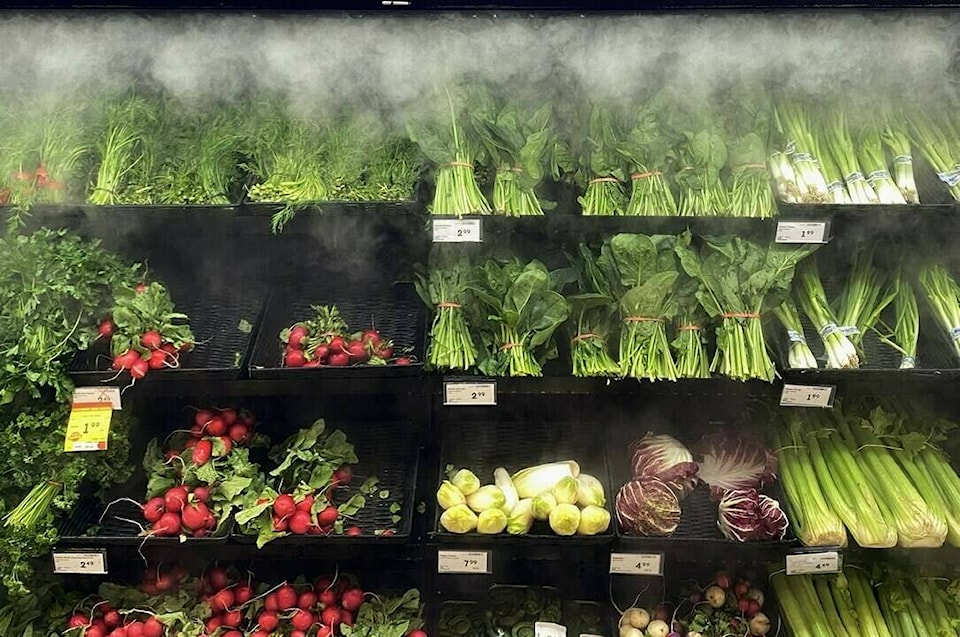Rochester, Minnesota — On the Sunday before Thanksgiving, a bustling grocery store in this Midwestern city had one glaring omission: no eggs on the shelves. Just an hour and a half away in Richfield, shoppers faced a different dilemma. Eggs were available, but at a sharp premium—$1.70 more per dozen than they cost just four months ago. This 40% surge is emblematic of a broader issue gripping the nation’s grocery aisles.
Egg prices skyrocketed by 8.2% in November, marking one of the steepest monthly increases in decades. But the pain doesn’t stop there. Staples like beef, coffee, and orange juice have seen significant price hikes, fueling the largest jump in grocery costs since January 2023. The story behind these increases is complex, rooted in a combination of environmental, economic, and geopolitical factors that have pushed food prices to new heights.
Wholesale food prices, a bellwether for consumer costs, rose by 3.1% last month—the sharpest monthly uptick in two years. Eggs led the charge with a staggering 55% increase in wholesale prices. While some economists urge calm, describing these spikes as isolated rather than systemic, the cumulative impact on consumers is undeniable. After years of pandemic-driven inflation, Americans are now contending with grocery prices that remain 27% higher than they were in early 2020.
Avian flu has devastated poultry flocks across the U.S., driving egg supplies to historic lows. As the holidays approached, demand surged for seasonal baking, further compounding the scarcity. The U.S. Department of Agriculture has revised its egg supply projections downward for the coming year, suggesting elevated prices may persist well into 2025.
Beef is another category facing severe constraints. The U.S. cattle inventory is at its lowest level in over 70 years, driven by prolonged drought and rising feed costs. Analysts expect the contraction to continue through 2025, delaying any meaningful price relief. With herd expansion unlikely to begin until 2026 or later, beef prices will likely remain elevated for years to come.
Orange juice, once a breakfast staple, is becoming a luxury item for many. Hurricanes, poor weather conditions, and citrus greening disease have ravaged Florida’s orange groves. Meanwhile, Brazil, a major exporter of orange juice to the U.S., is grappling with its worst harvest in decades due to flooding and drought. Analysts warn that these disruptions could lead to sustained price increases, further straining household budgets.
Coffee lovers are also feeling the pinch. Arabica beans, the backbone of most coffee blends, reached record-high prices recently due to climate-driven disruptions in Brazil. Rising temperatures and erratic weather patterns have made coffee cultivation increasingly precarious, leaving experts to predict that prices will continue to climb.
Even chocolate, a beloved indulgence, is under threat. Repeated climate shocks in West Africa, the world’s leading cocoa-producing region, have disrupted supply chains. Candy manufacturers are shrinking product sizes and tweaking recipes to offset skyrocketing cocoa costs, but these measures are unlikely to reverse the upward pressure on prices.
These price hikes are not just numbers on a receipt; they represent real challenges for businesses and families alike. In Omaha, Nebraska, Vidlak’s Brookside Cafe has been serving hearty breakfasts for nearly three decades. But rising ingredient costs, particularly eggs, have put owner Roger Vidlak in a tough spot. Six months ago, a case of eggs cost him $18 to $20. Today, that same case costs $75.
Rather than pass these costs onto his customers, Vidlak has adopted creative solutions, such as sourcing cage-free eggs and liquid egg mixes. These alternatives, less impacted by the avian flu outbreak, have allowed him to keep menu prices steady. “I haven’t raised prices in six months,” he said. “You want to make money, of course, but you don’t have to make it all in one day.”
For consumers, the options are equally limited. Families are cutting back, swapping out premium items, and turning to budget-friendly alternatives. But as the cost of essentials like eggs, meat, and beverages continues to rise, many are finding that even these adjustments are not enough to offset the financial strain.






